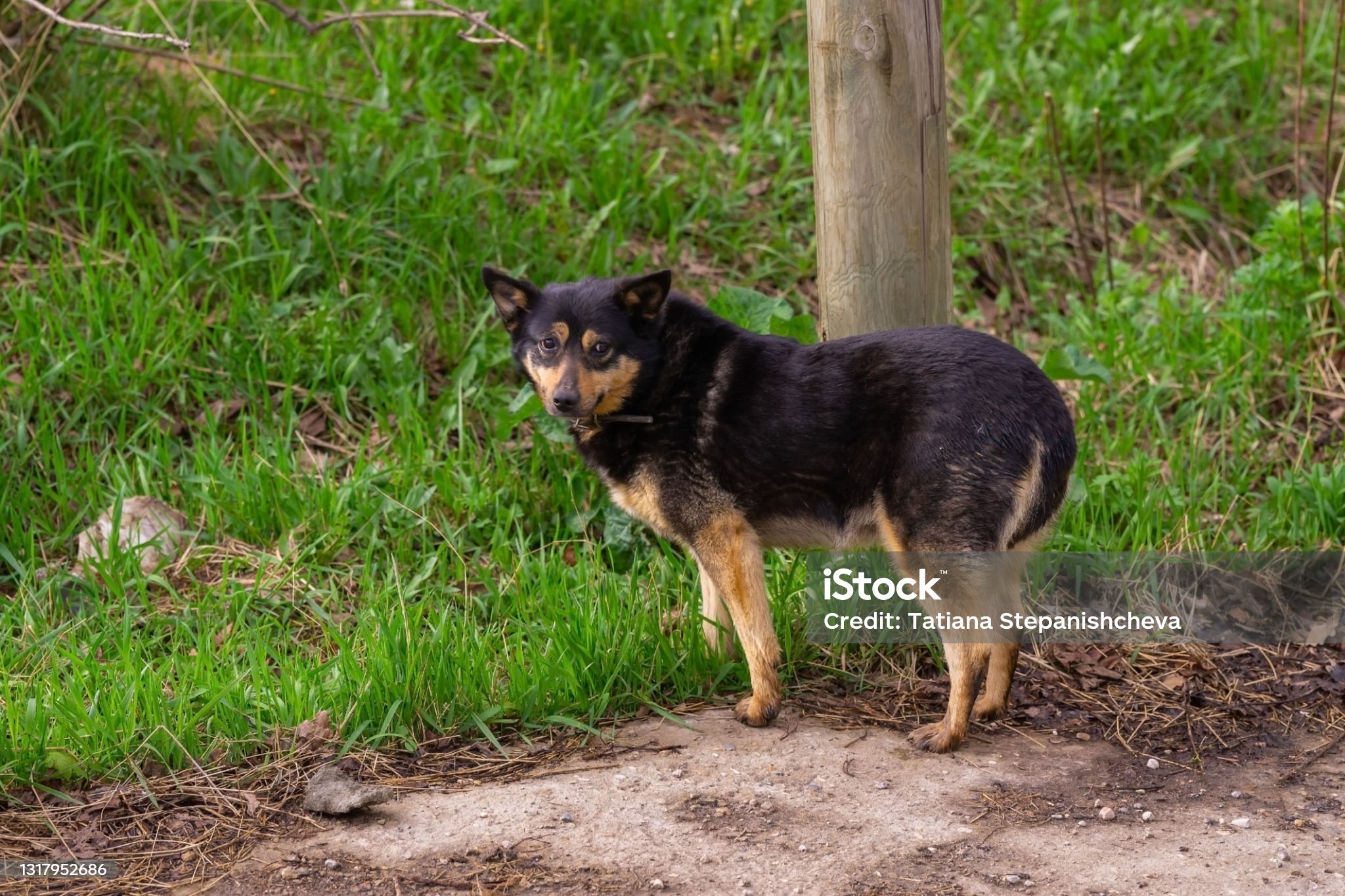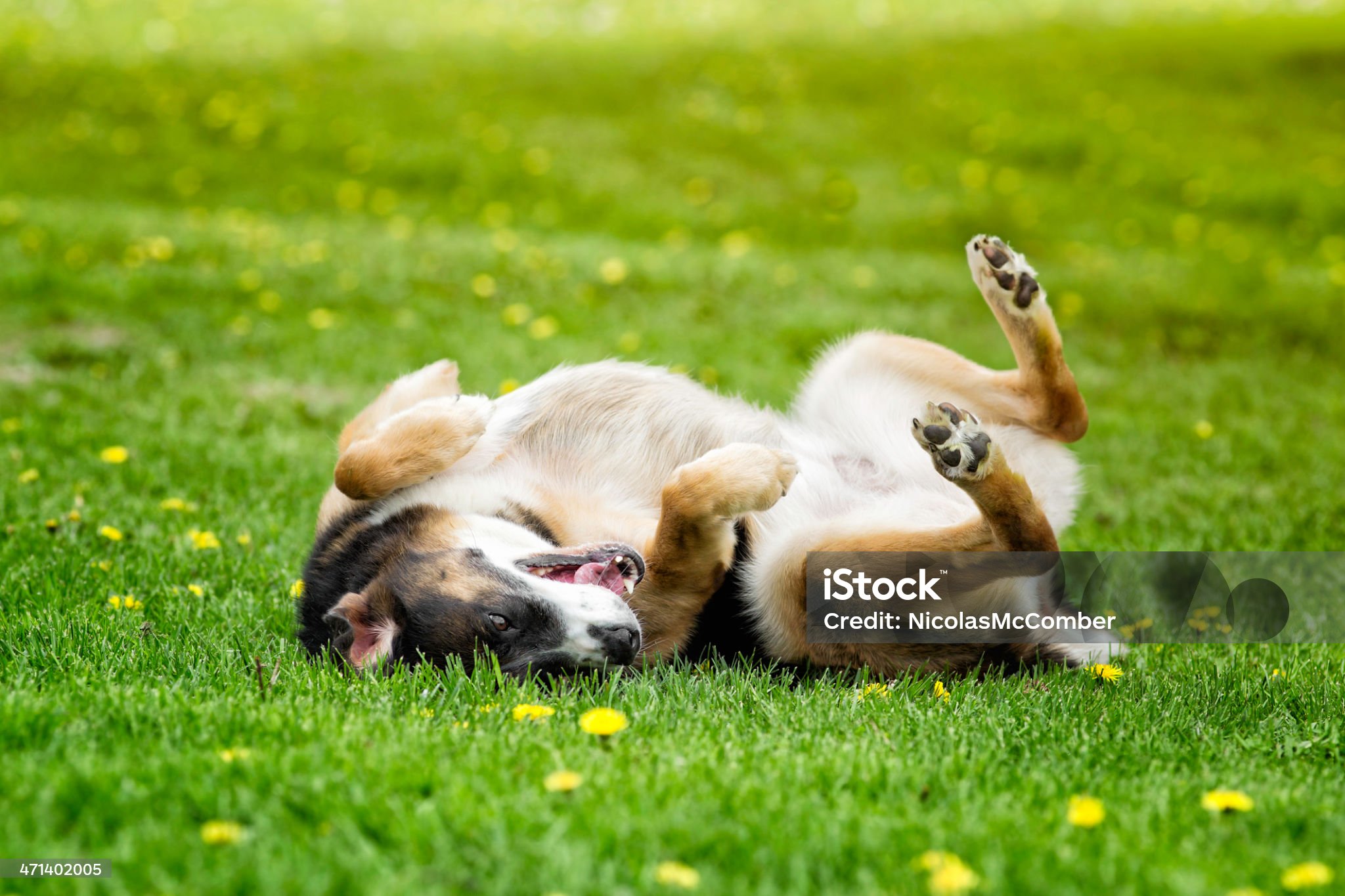Tail Tales:
Let's start with the tail, one of the most expressive parts of a dog's body.
Wagging:
A wagging tail doesn't always mean happiness. A high, stiff wag can indicate alertness or even aggression. A loose, relaxed wag is usually a sign of joy.

Tucked Tail:
A tucked tail is a clear sign of fear or anxiety.

Low, Slow Wag:
This can signal insecurity or submission.

Ear Expressions:
Your dog's ears are also great indicators of their mood.
Erect and Forward:
This shows alertness and attention.

Flattened Back:
This often means fear or submission.

Moving Independently:
This can indicate that your dog is listening to different sounds and trying to figure out what's going on.

Body Posture:
A dog's overall body posture can tell you a lot about how they're feeling.
Play Bow:
Front paws down, rear end up – this is a clear invitation to play!

Stiff and Tense:
This can signal aggression or fear.

Relaxed and Loose:
This shows contentment and comfort.

Rolling Over:
Usually a sign of submission.

Eye Contact:
Direct Stare:
Can be a sign of aggression or dominance.

Avoiding Eye Contact:
Can indicate fear or submission.

Soft, Relaxed Gaze:
Shows affection and trust.

Vocalisation:
While not strictly body language, vocalisations are also key to understanding your dog's communication.
Barking:
Barking can mean many things depending on the tone, pitch, and context. It could be excitement, warning, fear, or boredom. Pay attention to what's happening around your dog when they bark.
Whining:
Usually expresses sadness, pain, anxiety, or attention-seeking. Consider the situation and your dog's recent activities to understand why they might be whining.
Growling:
A growl is a warning sign indicating displeasure, fear, or possessiveness. Never punish a growl, as it's your dog's way of communicating discomfort before escalating to a bite.
Panting:
While panting is normal for cooling down, it can also indicate stress, anxiety, or even pain, especially if it's excessive and not related to heat or exercise. Observe other body language cues to determine the cause.